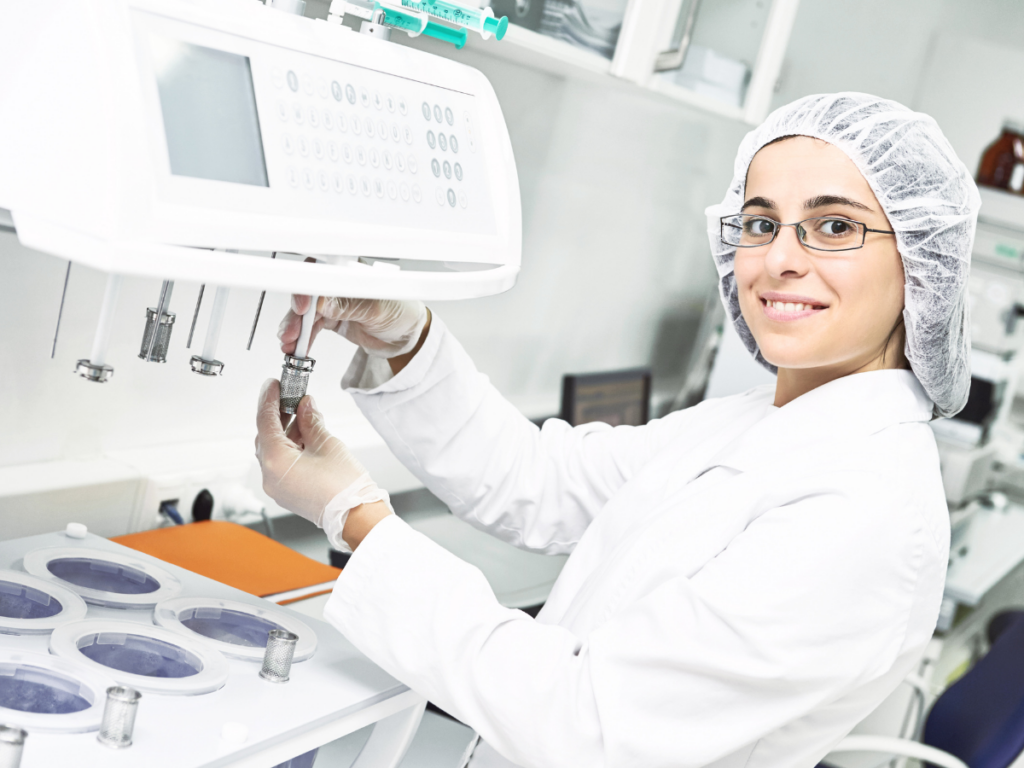Table of Contents:
- Developing And Drug Testing Pharmaceutical Industry
- Research And Development In The Pharmaceutical Sector
- Phases Of New Drug Development
- Phase 1: Discovery And Development
- Phase 2: Preclinical Research
- Phase 3: Clinical Research
- Phase 4: FDA Review
- Phase 5: FDA Post-market Safety Monitoring
Developing And Drug Testing Pharmaceutical Industry
The pharmaceutical industry bears a significant amount of responsibility for the development and testing of new drugs. The first tests are “screening” procedures designed to uncover leads indicating potential therapeutic utility. Then, a new drug is ready for the initial trial in a human subject after extensive pharmacologic and toxicity testing in experimental animals.
It is feasible for a pharmaceutical company to maintain a clinical research unit and a team of investigators to conduct the initial human trials. A new therapeutic agent was placed in the hands of a small group of experienced and qualified investigators to conduct adequately controlled studies under dose observation. In some cases, the drug is subjected to a large clinical trial by many physicians as a final evaluation. Can obtain important information if the use of a drug to treat conditions encountered in the practice of medicine is done correctly. For example, one can not detect evidence of hypersensitivity in a limited trial. The scientific investigator must meticulously plan the study. Must make every effort to avoid bias.
The work of the pharmaceutical chemist is essential in the development of the drug in preparing an acceptable dosage form; the control division must establish criteria for the composition of the ingredients and the final product and must prove the stability. Must include the methods and controls for clinical studies and results in the publication of reports in scientific journals. A group of researchers can use a single experimental design and combine their findings in a single paper. All data should be reported to the manufacturer as soon as possible by the investigator.
Research And Development In The Pharmaceutical Sector
Pharmaceutical R&D is funded through a complicated mix of private and public sources. Governments primarily support fundamental and early-stage research through direct budget allocations, research grants, publicly owned research institutions, and higher education institutions. The pharmaceutical industry is active in all phases of R&D, but it contributes the most to translating and applying knowledge to develop products. In addition, the industry pays for the majority of clinical trials required for market approval. However, in many countries, the industry receives direct R&D subsidies or tax credits.
In 2016, governments in 31 OECD countries with data budgeted approximately USD 53 billion for health-related R&D. (a broader category than pharmaceuticals). However, this figure understates total government support because it excludes most tax breaks and funding for higher education and publicly-owned corporations. Meanwhile, the pharmaceutical industry in OECD countries spent approximately USD 101 billion on R&D.
Most pharmaceutical industry R&D expenditure comes from OECD countries, but the share from non-OECD countries is increasing (EFPIA, 2018[1]). Growth has been remarkable sector rapid in China, where the industry spent USD 14 billion on R&D in 2016 (0.07% of GDP) – a more than 2.5-fold increase since 2010 (in real terms) (OECD, 2019[2]). Nearly two-thirds of the spending in OECD countries (Figure 10.12) occurs in the United States, where the industry spent about USD 65 billion (0.35% of GDP), and government budgets on health-related R&D were USD 36 billion (0.19% of GDP). The industry spent USD 20 billion (0.1% of GDP) and governments budgeted USD 11 billion (0.06% of GDP) in Europe; the figures were USD 13 billion (0.25% of GDP) and USD 1.4 billion (0.03% of GDP), respectively in Japan. As a share of GDP, industry spending is highest in Switzerland (0.85%), Denmark (0.46%) and Slovenia (0.45%), smaller countries with relatively large pharmaceutical sectors.
The pharmaceutical industry invests heavily in research and development. The industry spent nearly 12% of its gross value added n R&D on average across OECD countries. This is almost as high as electronics, optical, and air and spacecraft industries and significantly higher than in manufacturing overall (Figure 10.13).
Between 2010 and 2016, OECD countries’ R&D expenditure in the pharmaceutical industry increased by 14% in real terms. Following a decline in the 1980s, the number of new drug approvals has also increased since 2010. However, as R&D spending has increased, the number of approvals per inflation-adjusted R&D spending has steadily declined.
A complex combination of factors causes this pattern of declining productivity despite technological advances. These include increasing market approval requirements, which have driven up clinical trial costs, and an ever-increasing base of effective drugs, which has shifted efforts to cures for more complex conditions. Rising R&D costs can be a cause and a result of higher drug prices, as payer acceptance of higher prices can make increasingly expensive R&D and acquisitions of R&D projects financially viable. Increasing R&D and acquisition costs can lead to price increases.


